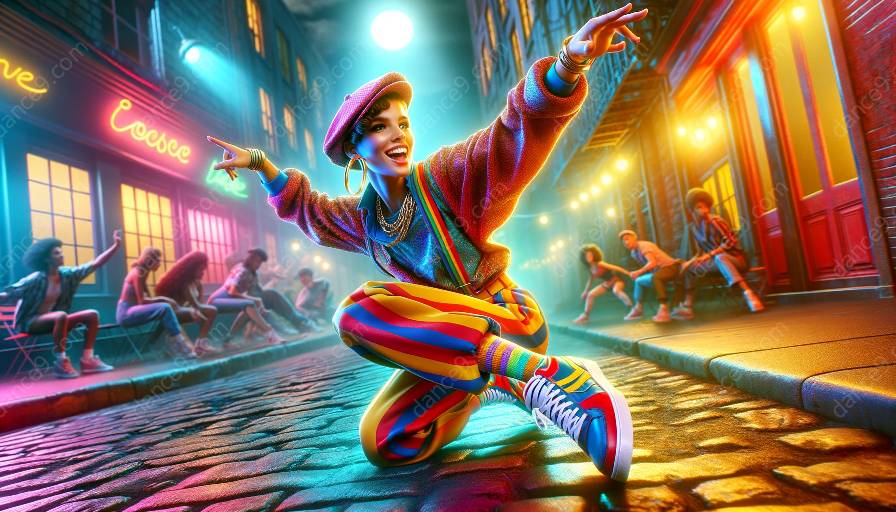Locking dance is a vibrant and expressive style that emerged during the late 1960s and early 1970s in Los Angeles. It is known for its distinctive moves, high energy, and playful, theatrical performance elements. In order to truly grasp the essence of locking dance and effectively integrate it into dance classes, it's crucial to understand its essential elements.
1. Locks and Stops
The hallmark of locking dance is the concept of 'locking' where dancers freeze or stop abruptly in a specific pose or position. This sudden 'lock' is typically accompanied by a strong emphasis on rhythm and musicality, creating a visually impactful effect. Learning to execute precise and distinct locks is fundamental to mastering the art of locking dance.
2. Funk Style and Groove
Locking is deeply rooted in funk music and culture, and as such, it incorporates a strong sense of groove and rhythm. The 'funk style' refers to the relaxed and loose movements that are central to locking dance. Dancers often incorporate playful and exaggerated hip, arm, and hand movements while maintaining a strong connection to the underlying groove of the music.
3. Struts and Pointing
Locking features powerful strutting movements, where dancers showcase confident and stylish walks with deliberate and exaggerated arm and leg extensions. Additionally, 'pointing' is a key component of locking, involving sharp and precise movements that emphasize the timing and rhythm of the music. Mastery of these struts and pointing techniques is essential for creating visually captivating locking dance routines.
4. Punches and Wrist Rolls
Another defining element of locking dance is the incorporation of 'punches,' which are sharp, staccato arm movements that punctuate the music. These punches are often complemented by dynamic 'wrist rolls,' where dancers skillfully manipulate their wrists to add flair and texture to their movements. These techniques contribute to the dynamic and intricate nature of locking dance.
5. Performance and Personality
Locking dance is not just about executing technical moves; it also places a strong emphasis on performance and personality. Dancers are encouraged to infuse their routines with humor, showmanship, and individual expression. The ability to engage and entertain the audience is an essential element of locking dance, making it a truly unique and engaging style.
Integrating Locking Dance into Dance Classes
Understanding the essential elements of locking dance is the first step towards effectively integrating it into dance classes. Instructors can incorporate specific drills and exercises to help students develop the necessary locks, grooves, struts, and performance skills. Emphasizing the historical and cultural context of locking dance can also deepen students' appreciation for the style and its significance within the broader dance community.
By fostering a supportive and creative environment, dance classes can provide students with the opportunity to explore and master the essential elements of locking dance while celebrating its infectious energy and exuberant spirit.













































































